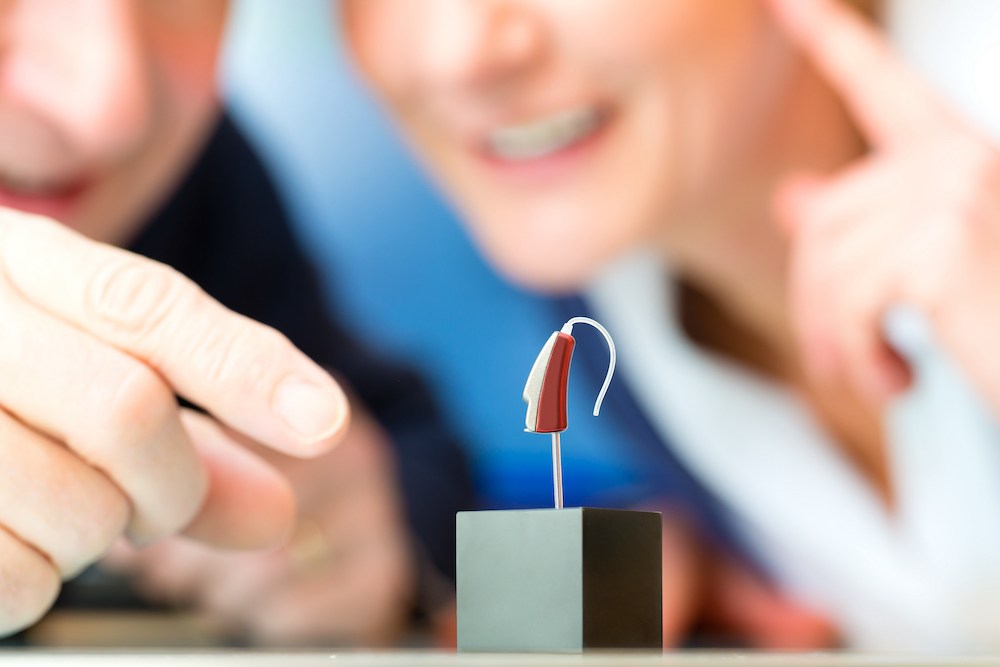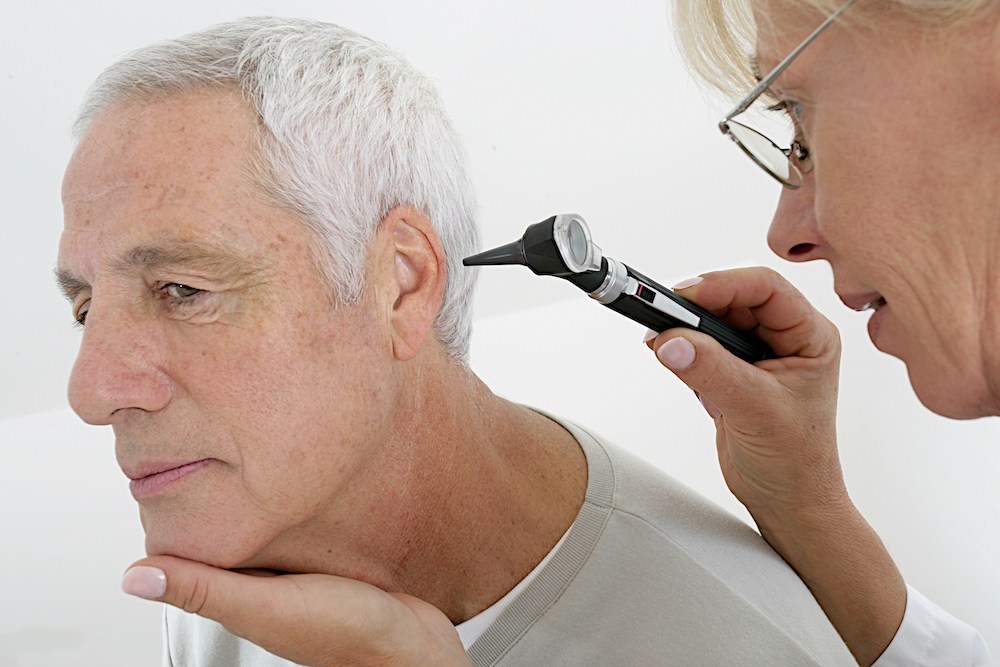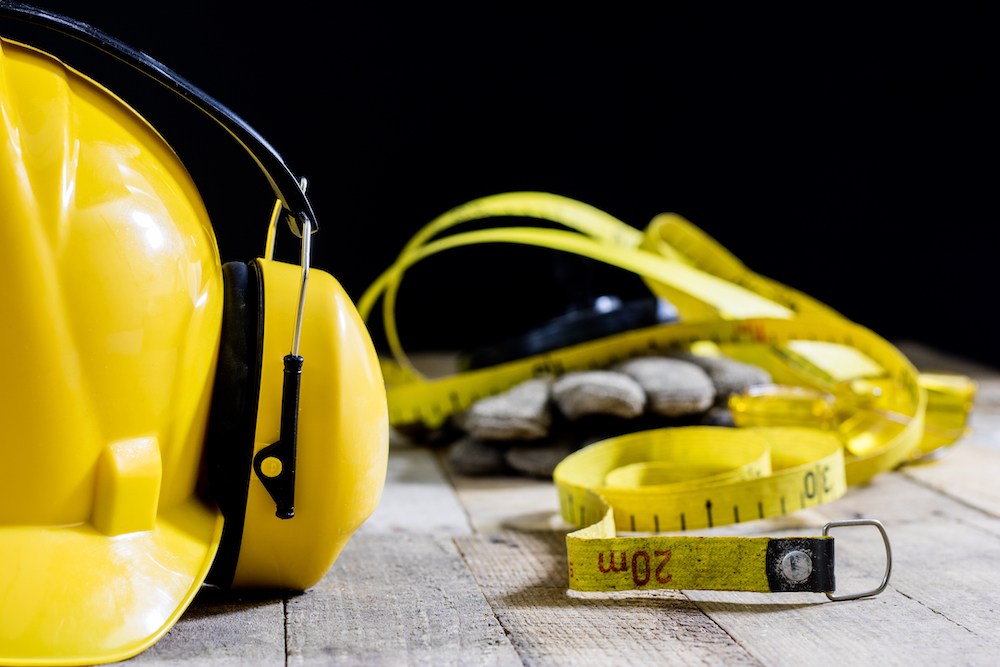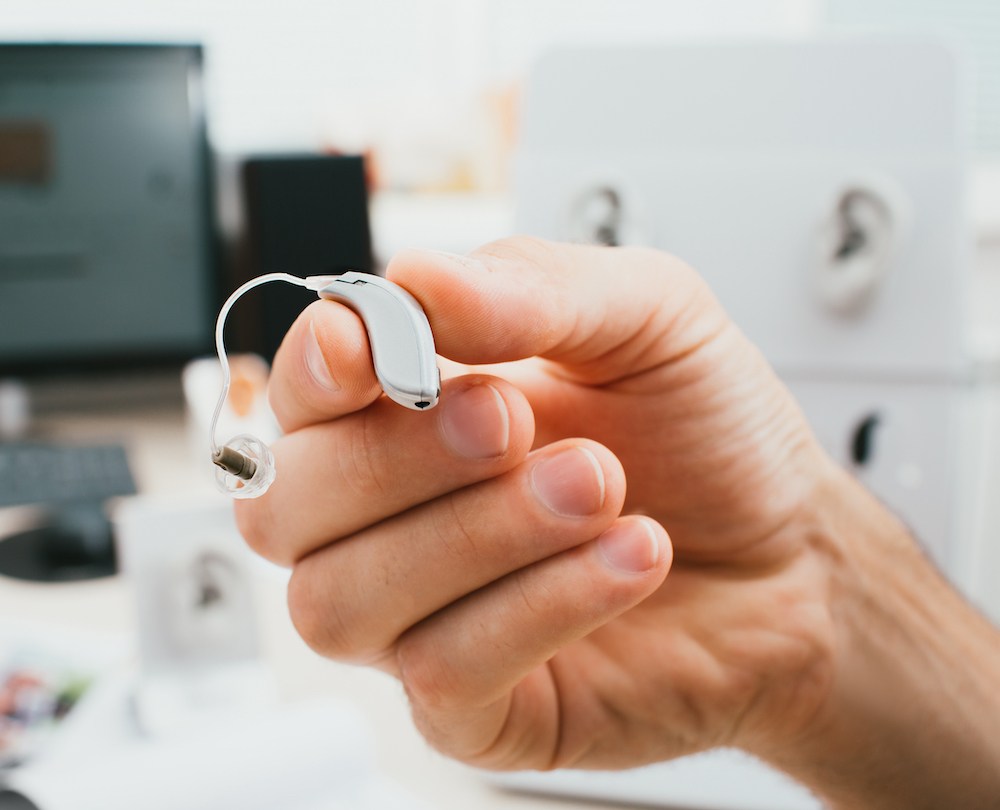Understanding the Hearing Test Process
If you’ve scheduled a hearing test for the first time in a few years,

By: admin | August 20, 2023
Hearing aid feedback is a well-known phenomenon that can be a nuisance for both audiologists and patients. Feedback occurs when the sound leaks out of the ear and re-enters the hearing aid microphone, creating an annoying whistling or squealing sound. In the past, managing feedback was quite a challenge, but with advancements in hearing aid feedback reduction technology, the problem can now be addressed more effectively.
Feedback reduction technology in hearing aids employs algorithms that detect the feedback and either cancel or suppress it before it becomes noticeable. This is achieved through a combination of phase and frequency shifting, dynamic gain reduction, and other sophisticated techniques. Modern feedback reduction systems are capable of differentiating between true feedback and similar sounds, like a ringing phone, ensuring that only genuine feedback is targeted.
Feedback reduction technology significantly improves the patient’s experience with hearing aids by allowing for more comfort and greater amplification without the irritation of feedback. This can make the hearing aids more appealing to wear, especially in challenging environments where feedback might occur. For audiologists, offering hearing aids with advanced feedback reduction technology can result in higher patient satisfaction and fewer return visits to address feedback-related issues.
The role of the audiologist is crucial in maximizing the benefits of feedback reduction technology. Proper fitting, fine-tuning, and patient education are essential elements in ensuring that the feedback reduction systems function optimally. By understanding the specific feedback reduction technology used in a patient’s hearing aids and tailoring it to the patient’s needs, audiologists can make a significant impact on the overall hearing aid experience.
Feedback reduction technology is not without its challenges and considerations. While these systems have advanced significantly, they can sometimes be too aggressive in eliminating feedback, affecting the overall sound quality of the hearing aid. Audiologists must be mindful of this potential trade-off and work with their patients to find the right balance between feedback control and sound quality. Regular follow-ups and adjustments may be required to achieve the optimal settings.
As an audiologist, integrating feedback reduction technology into practice means staying up-to-date with the latest advancements and understanding how they fit within the broader context of hearing care. It involves selecting the appropriate technology for each patient and being skilled in configuring and maintaining these systems. Investing time in continuous education, training, and collaboration with hearing aid manufacturers can enhance an audiologist’s proficiency in this area.
Feedback reduction technology represents a vital component of modern hearing aid design, offering a solution to a long-standing challenge in hearing care. Audiologists, as the professionals at the forefront of patient care, have the opportunity to leverage this technology to enhance the patient experience significantly.
With ongoing advancements, it is likely that feedback reduction technology will continue to evolve, offering even more precise and effective solutions. Embracing these innovations and integrating them thoughtfully into practice can position audiologists as leaders in delivering high-quality, personalized hearing care, where patient comfort and satisfaction remain paramount.
Tags: benefits of hearing aids, hearing aid features, hearing aid technology

If you’ve scheduled a hearing test for the first time in a few years,
By: admin | April 29, 2024

When it comes to hearing protection, prevention will always be better than
By: admin | April 28, 2024

Hearing aids are a terrific solution if you are experiencing hearing loss.
By: admin | March 31, 2024
